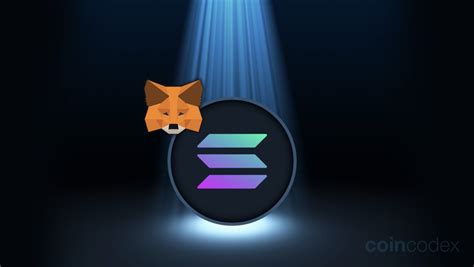Here is a draft article on the economic viability of social apps on Solana:
Title: Solana: Economic Viability of Social dApps with Solana
Introduction
In recent years, the web3 ecosystem has gained significant attention, with many new blockchain projects emerging to capitalize on its potential. Among these platforms, Solana stands out as a popular choice among developers due to its fast transaction speed, low fees, and high scalability. However, one of the key aspects of any blockchain platform is its economic viability – can it sustain itself with a steady stream of users and transactions? In this article, we will take a closer look at the economic viability of social apps on Solana.
What are dApps?
Before we get into the topic of solana dapps, let’s quickly define what dApps are. DApps (decentralized applications) are self-executing contracts with specific rules and automatic enforcement, built on blockchain technology. They can be thought of as digital versions of traditional applications, but instead of being controlled by a central authority, they are governed by the network itself.
The Case for Solana
Solana has proven to be an attractive platform for dApps due to its unique set of features:
- Scalability: Solana’s Proof-of-Stake (PoS) consensus algorithm allows for high scalability, with a maximum block time of 400 milliseconds and a maximum number of transactions of one million per second.
- Fast Transaction Time: Solana’s block time is significantly faster than other blockchain platforms, allowing for more frequent transactions without sacrificing usability.
- Low Fees: Solana charges a low gas fee of around $0.0002-$0.001 per transaction, making it an attractive option for users looking to interact with dApps.
Economic Viability of Social DApps on Solana
Now that we’ve covered the basics of Solana and dApps, let’s talk about the economic viability of social apps specifically. A social dApp is a type of dApp that allows users to connect, share information, and interact with each other in a decentralized manner.
Revenue Streams: Social apps can generate revenue through a variety of channels, including:
- Transaction Fees

: As mentioned earlier, Solana charges low gas fees, making it an attractive option for social apps.
- NFTs (Non-Fungible Tokens): Social dApps often include NFTs, which are unique digital assets that can represent ownership of in-game items or other valuable content.
- Advertising: Social apps can display advertisements to users, generating revenue through clicks and impressions.
Key Challenges
Despite its advantages, social dApps face several challenges when it comes to economic viability:
- User Acquisition: Attracting and retaining users is a significant challenge for social apps as they compete with more established platforms.
- Scalability: While Solana’s scalability features are impressive, they can be a challenge for some social apps, especially those with high traffic requirements.
Conclusion
In conclusion, Solana has proven to be an attractive platform for social dApps due to its fast transaction times, low fees, and high scalability. While there are challenges associated with economic viability, many successful social apps have found ways to overcome them by offering unique features and experiences that differentiate their apps from others in the space.
Whether you are a developer looking to build your own social app or an investor interested in investing in these platforms, Solana remains an exciting and promising ecosystem for growth and adoption.
